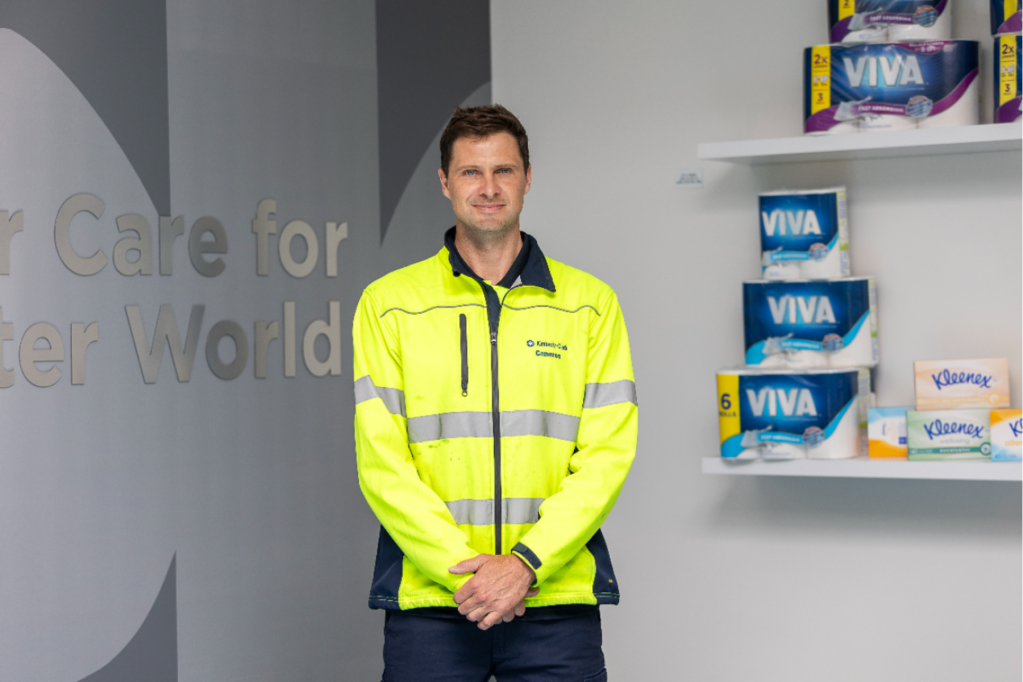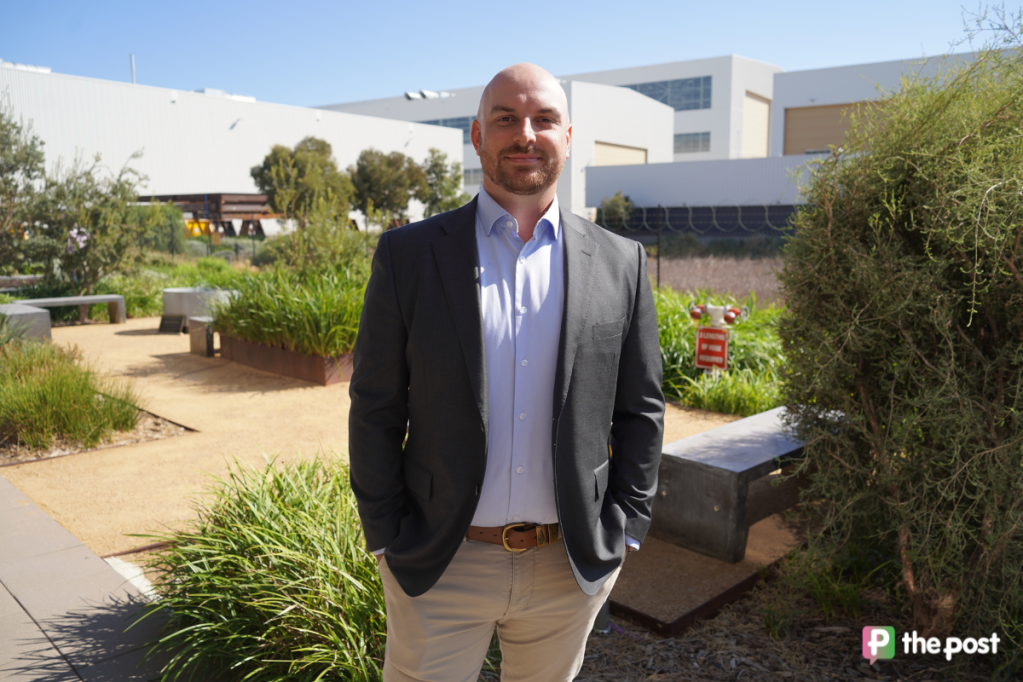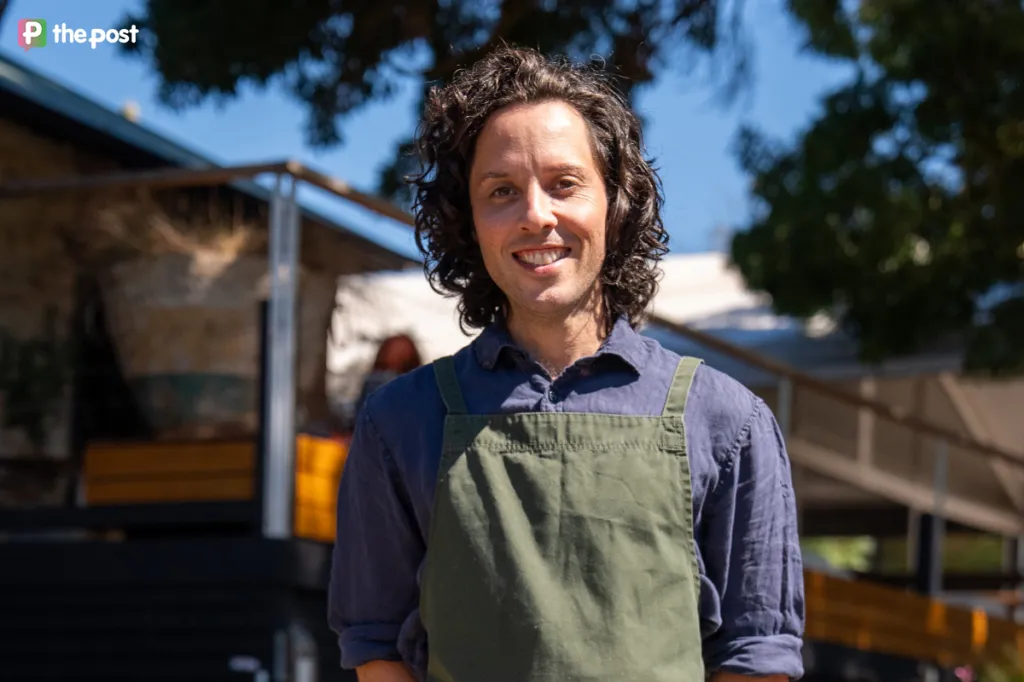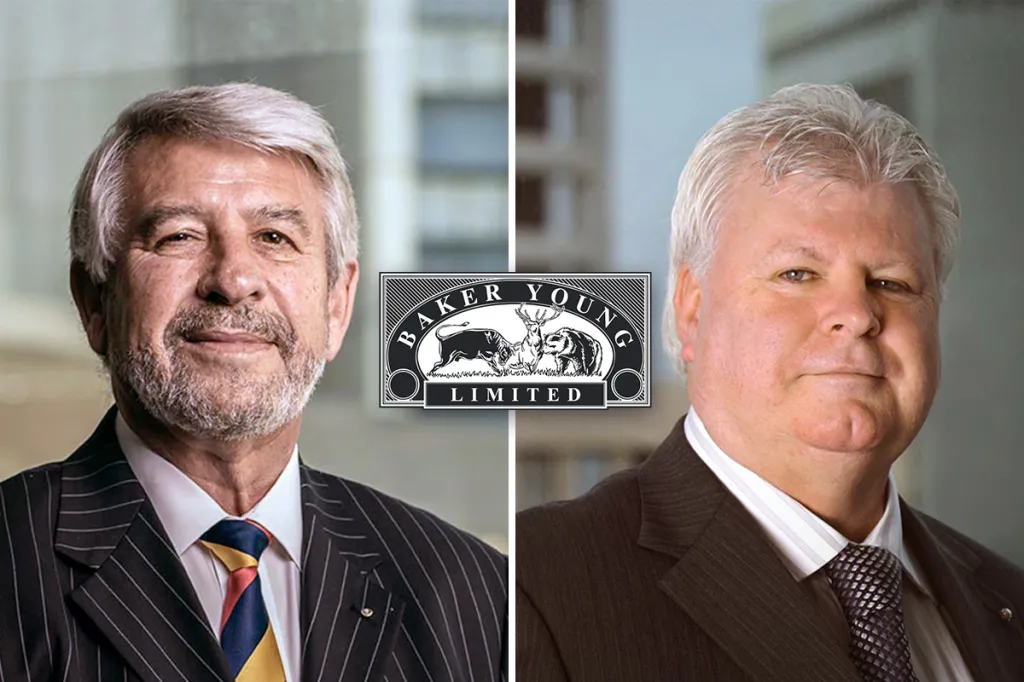The impact of Kimberly-Clark’s regional manufacturing
An independent report into Kimberly-Clark Australia’s Millicent mill has highlighted the company’s contributions to the Limestone Coast as one of the area’s largest employers.

The Kimberly-Clark Millicent Mill opened in 1960, and produces approximately 85,000 tonnes of toilet paper, tissue and paper towel each year.
One of South Australia’s largest non-mining manufacturers, a new report by Synergies Consulting on the mill shows it employs 12 per cent of the Limestone Coast’s manufacturing workforce, with 462 South Australia-based employees.
The mill employs a further 219 people interstate and four in New Zealand.
Kimberly-Clark Australia Millicent mill manager Adam Carpenter told InDaily he thought a lower cost of living and sense of community were part of the attraction in bringing professionals to regional areas for work.
“Regional manufacturing can be challenging, but it does play a very important part to local communities, especially as being the largest employer in this region” Carpenter said.
You might like
“You also become very much part of the community, and it’s not unusual to walk down the street and to meet people from work… that gives you that real sense of being a part of something.
“We’re really conscious around that, when people do move say from cities or from other parts of Australia to here, that we need to kind of help them settle in.”
The report showed a further 1955 jobs were indirectly generated by the mill, 911 of which are based in South Australia. This equates to $44 million in direct income in South Australia annually, and $61 million Australia-wide.
The mill contributes $172 million to the Limestone Coast economy annually, with a direct impact of $140 million on the state economy.
Stay informed, daily
“We do have a lot of investment in the local community,” Carpenter said.
“Both in the staff we employ, but also in those wages that then go back out and help support all those other community stores, and supermarkets and various other businesses.”
More than 50 per cent of Millicent mill employees have worked at the company for more than 15 years, including machine operator Cameron Haggett, who has spent 21 years at the mill.
“It’s pretty rare to have a large facility like the mill in rural Australia,” he said.
“The mill has changed a great deal since I first started in 2002, and it’s continued to… be an attractive option for local people.”
Being the only manufacturing site for Kimberly-Clark in Australia, Carpenter said a potential expansion was on the cards.
“It’s definitely something that we’re looking at,” he said.
“Over our 60 years, the local investment here has been over $700 million… so although it has been a few years since we’ve had some major investment in the site, the quality of equipment that we do have here is very much state of the art.”








